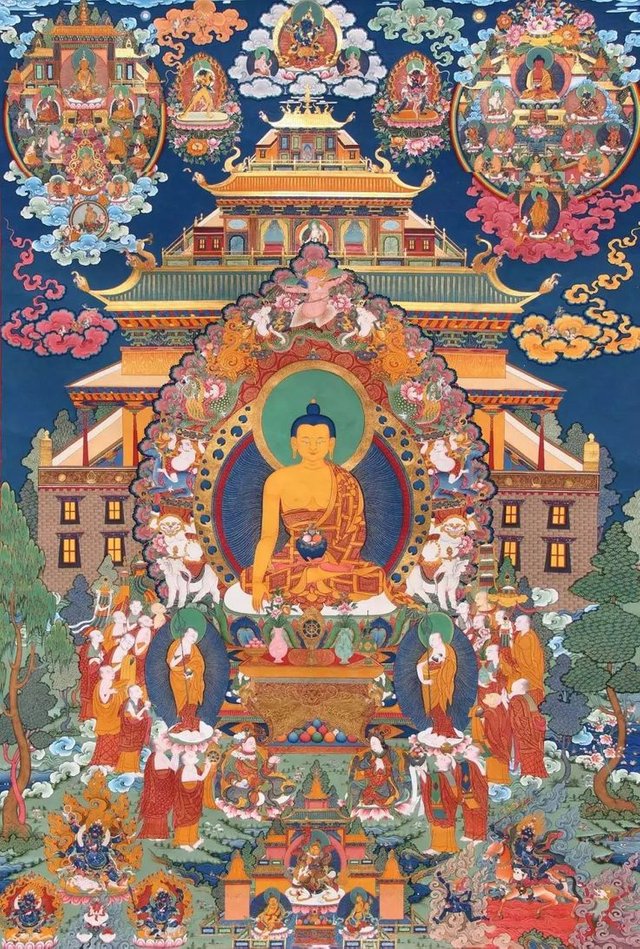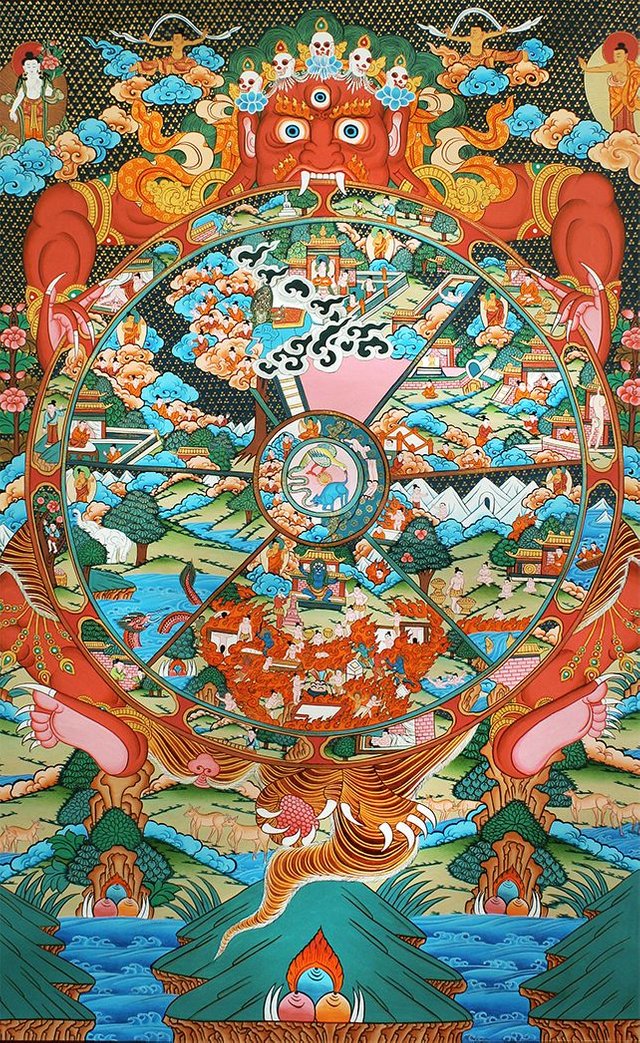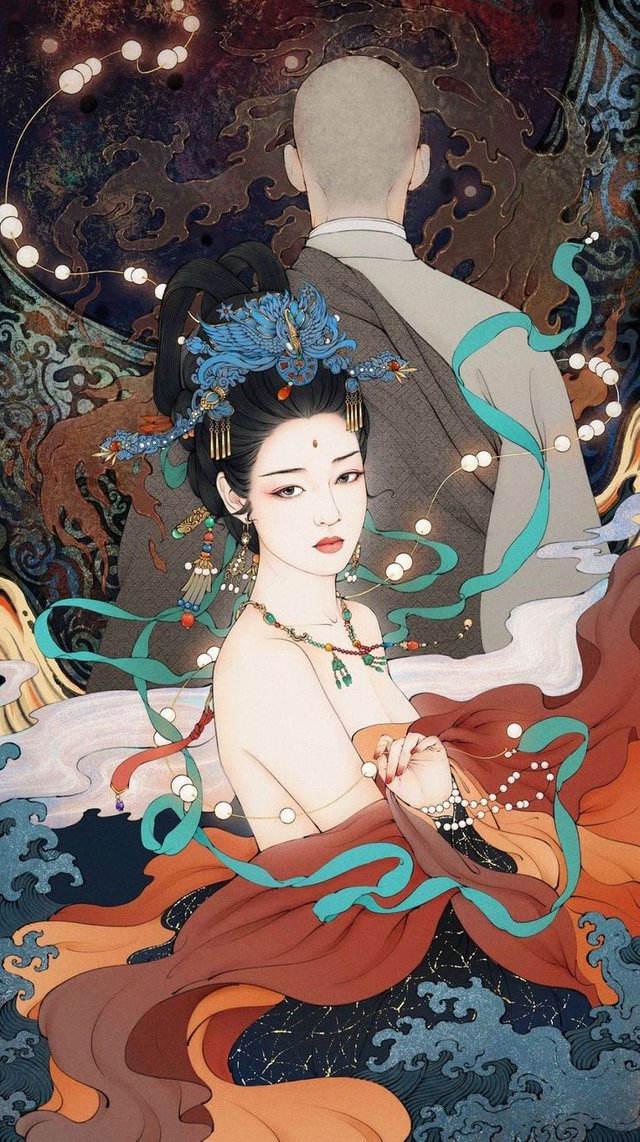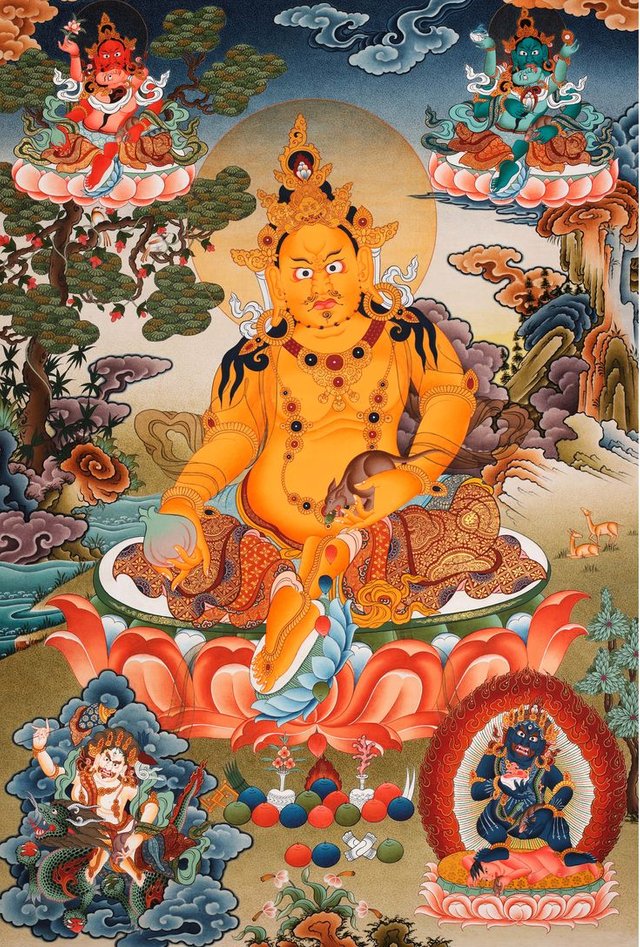



In northwest China, there is a breathtaking cultural treasure, that is Dunhuang. This small town is world-famous for its magnificent Mogao Grottoes murals and is known as a World Cultural Heritage. This article will lead you to explore the beauty of the murals in Dunhuang, China, and take you back in time to learn about these spectacular works of art.
Dunhuang: the
shining pearl on the Silk Road
Dunhuang is located at the westernmost end of Gansu Province and is at the core of China's Silk Road. In Chinese history, Dunhuang was an important hub for cultural exchanges between the East and the West. In this ancient city, there is a series of caves called the Mogao Grottoes, with spectacular murals painted on the inside.
Mogao Grottoes: the largest and richest mural library in the world
The Mogao Caves are a group of Buddhist caves in Dunhuang with a history of more than 1,600 years. The caves are carved into the cliff, with a total of 735 caves and thousands of square meters of murals. These murals depict various themes such as Buddhism, history, culture, and landscapes, as well as a wide variety of people, gods, animals, and plants.
the miracle of art
Dunhuang's murals are hailed as one of the world's most important art treasures because they both reflect ancient Chinese culture and the spread of Buddhism and showcase breathtaking painting techniques. These murals were painted across different dynasties, from the Northern Wei (4th century AD) to the Yuan Dynasty (14th century AD).
Witness of cultural integration
Dunhuang murals are witnesses of the exchanges between different cultures. They incorporate elements of Chinese tradition, Buddhism, India, Persia and other cultures. The costumes, architectural styles and artistic techniques on the murals all reflect the fusion of Eastern and Western cultures. This makes Dunhuang a symbol of cultural integration.